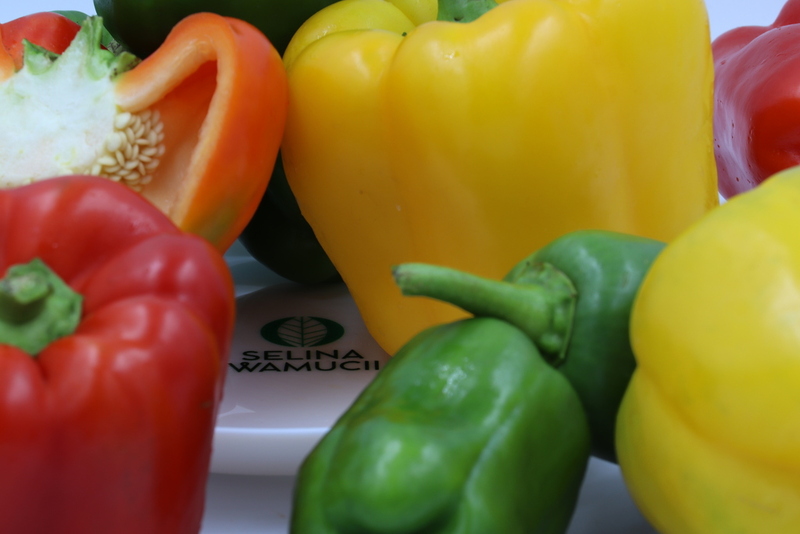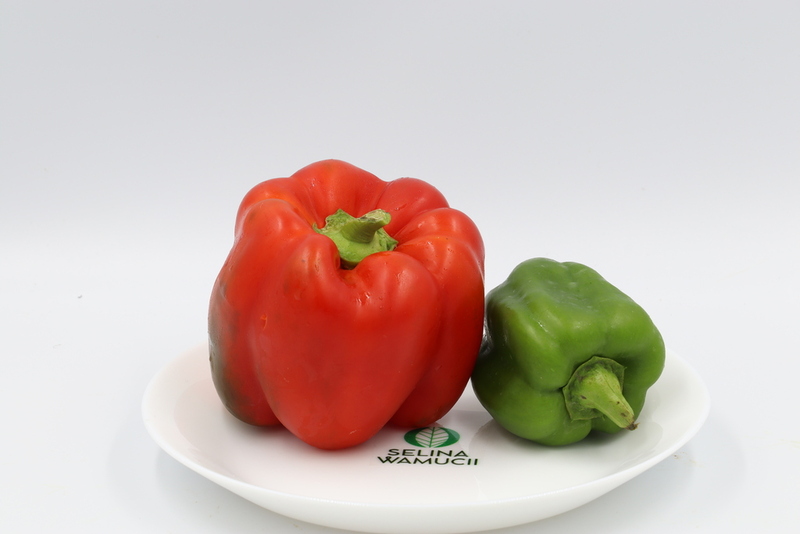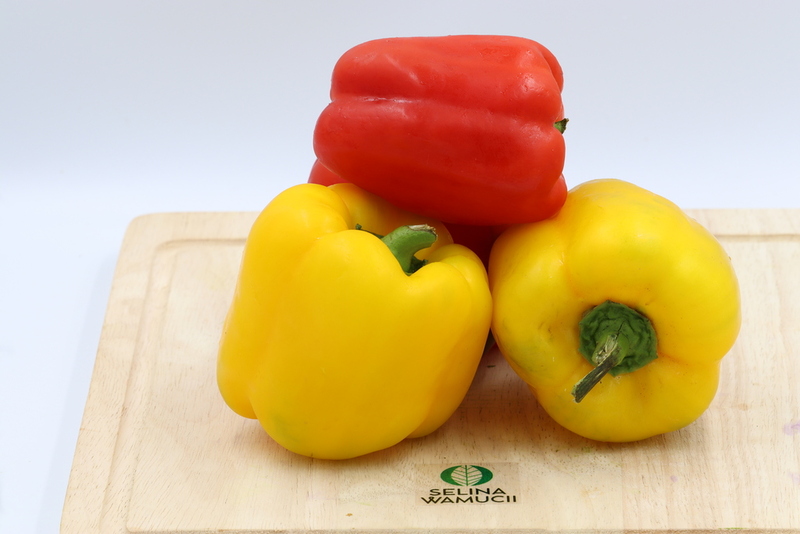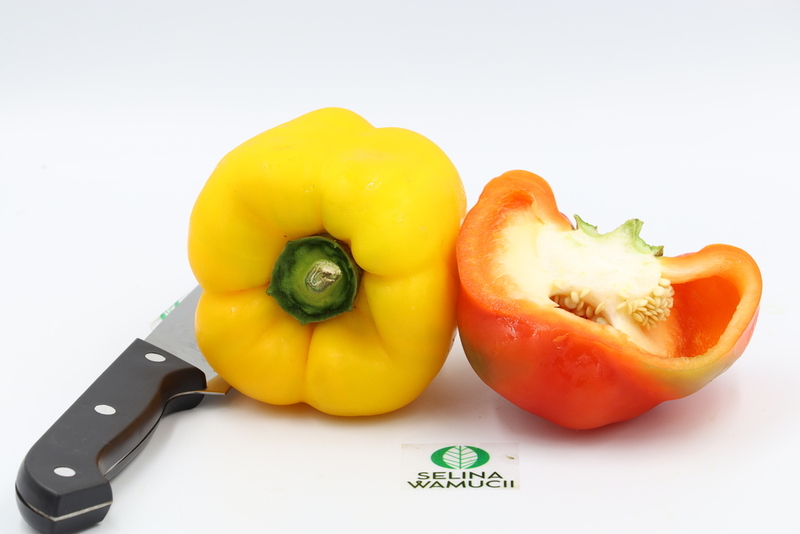Buy Senegal Capsicum Directly From Exporters & Suppliers - Best of 2025 Market Prices
| Summary | |
|---|---|
| Varieties | Legon 18, Gbatakin, Cayenne, Safi and Birds eye among others |
| Season | August to October |
| Size | size is 25mm width and 35mm length |
| Packing | polyethene (PE) films, XF and viz |
| Storage conditions | Stored at 7°C - 17°C. |
| Transport Conditions | By air under cool, dry conditions |
Capsicum or peppers are among the most grown vegetables in Senegal. The botanical name for capsicum is Capsicum frutescens. The plant belongs to Solanaceae family and is perennial. Senegal capsicum is grown in 35% of households during the cold season and 37% of homes during the hot season in small scale.
The edible part of capsicum is the fruit. The plant grows between 1 and 1.5M high with strong full spreading branches. The roots have a central taproot growing 50cm into the ground, and other secondary sources widely spread. Capsicum is a hermaphrodite plant. A single plant can reproduce for ten years though the productivity goes down with age.
The climatic conditions for growing capsicum are hot humid with temperatures of 18°C – 25°C. The soil quality for good capsicum production is well-drained to lightly drained silty clay silty alluvium. They grow in tropical, subtropical, Mediterranean and temperate climates.
The growth and development of the plant involve germination and vegetation. The stage is followed by the development of flowers (which are white with tinged purple), fruits, ripening and harvesting. The type and quality of capsicum are dependent on the variety, humidity and temperature. The plant takes between 120 to 150 days from plantation to maturity (reproduction stage).
Capsicum occurs in a wide range of varieties. The most grown include legon 18, gbatakin, cayenne, safi and birds eye among others. The standard classifications of green pepper include multicoloured, red and green pepper. Fresh processed peppers include brine, canned, dough and sauce. Other products include dried spices and industrial extracts.
They are of different flavour, form, sizes and colour. Their taste occurs in pungent, sweet and hot. Most peppers are green before they mature. As peppers grow, the colour changes from purple, yellow, orange and red.
The nutritional content of peppers includes beta-carotene, Vitamins A, B and C. Other components include flavonoids, carotenoids and other essential minerals. Some capsicum species also have antimicrobial properties.
The harvesting of capsicum takes place during dry weather. It is done by hand or by the use of machines. Capsicum harvesting in Senegal is commonly done manually due to the small scale farming techniques. The fruit size is 25mm width and 35mm length.
The harvesting process is very delicate as the fruit and seeds should remain intact. The quality of capsicum is terms of chemical composition, firmness, weight, colour, texture, size and shape. The vegetables are sorted according to quality and packaged.
Packaging material for export is polyethene (PE) films, XF and viz. The product can also be put in cartons for trading. Loss of water is kept at a minimum to retain the quality of the product. After the harvesting process, the fruit is stored at 7°C – 17°C. The pepper exported from Senegal is mostly destined for the European Union by air.
You can place your order of Senegal capsicum on our platform for the best quality and excellent services. Sign up today.
Get Instant Quote
Are you a producer of Senegal Capsicum or other products?
Sign up today for FREE to buy or sell Senegal Capsicum.





